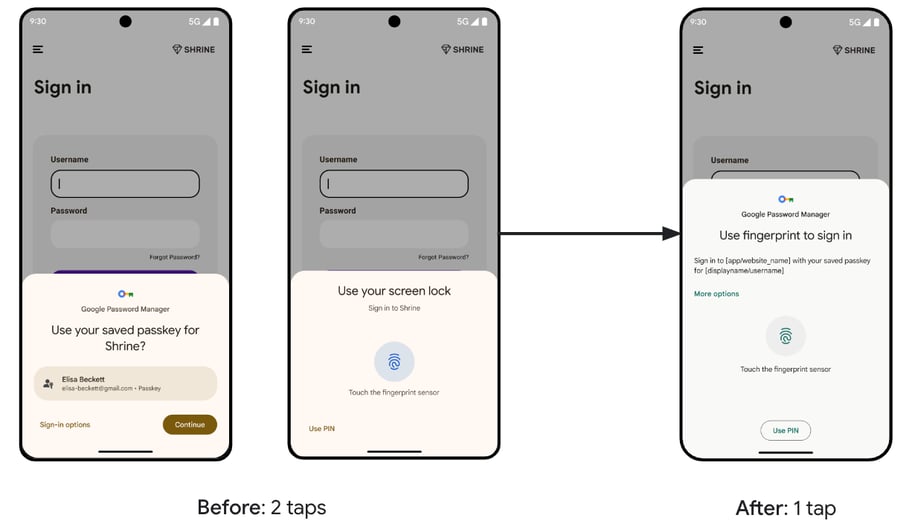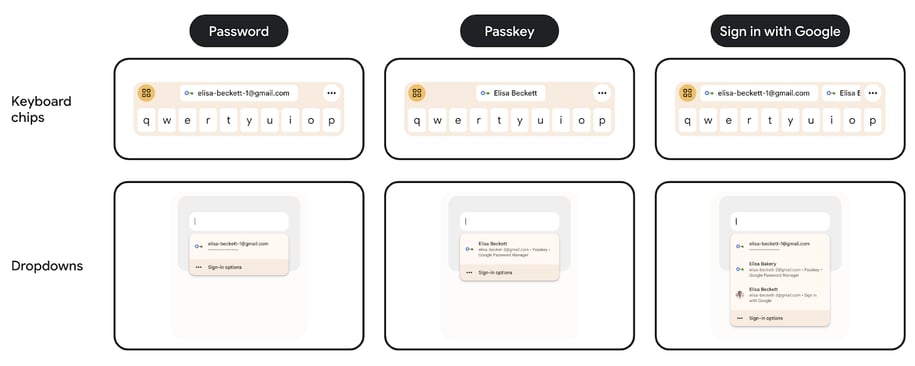Android 15 Reaches Platform Stability with Beta 3: What You Need to Know
Stay ahead in the tech world with our latest update: Android 15 Reaches Platform Stability with Beta 3. Discover everything you need to know about this major milestone, including new features, enhancements, and stability improvements. Explore how Android 15 Beta 3 sets the stage for a smoother, more efficient user experience. Dive into our detailed guide to understand what this update means for developers and users alike. Don't miss out on the essential insights and keywords you need to stay informed about the cutting-edge advancements in Android 15.
TECH NEWSGOOGLEANDROID


Introduction to Android 15 Beta 3
Android 15 has reached a pivotal milestone with the release of Beta 3, marking its entry into the platform stability stage. This stage signifies that the APIs have now been finalized, providing developers with the stability and assurance needed to start rigorous testing of their applications. The journey of Android 15 from its initial announcement to this significant Beta 3 release has been meticulously planned, and the current phase is a crucial one for developers aiming to ensure that their apps are compatible with the forthcoming final release.
The development of Android 15 has followed a structured timeline, with each beta version introducing new features and refinements. Since its initial preview, developers have been afforded the opportunity to explore and integrate these advancements. Now, with the APIs locked in, the focus shifts to optimizing and aligning applications with the latest system behaviors and updates.
As the final release is anticipated this fall, the current stage is of utmost importance for developers. Testing against the stable platform allows developers to identify any issues, make necessary adjustments, and take full advantage of the new features and improvements that Android 15 offers. This proactive approach can significantly enhance the user experience and ensure a smooth transition once the stable version is widely available.
For developers, the importance of this stage cannot be overstated. It is an opportune moment to engage with the finalized APIs, test for compatibility, and refine applications to leverage the enhancements introduced in Android 15. By doing so, developers can not only ensure that their apps function seamlessly on the new platform but also stand to benefit from the performance improvements and new capabilities that Android 15 brings to the table.
Key Features and Improvements in Beta 3
Beta 3 of Android 15 introduces a range of new features and improvements aimed at enhancing the user experience and streamlining app development. One of the standout updates is the revamped credential provider, which now includes a single-tap passkey UI. This innovative system allows users to sign in using facial recognition, fingerprint, or screen lock, effectively reducing the traditional two-step process to a single tap. This not only simplifies the login experience but also enhances security by leveraging biometric authentication methods.
The single-tap passkey UI is designed to be intuitive and seamless, integrating smoothly into existing workflows. When a user attempts to sign in, the system automatically prompts for biometric authentication. If the user dismisses the prompt accidentally, Google has introduced fallback UI options to assist. These include passkey suggestions in autofill, guiding users back to the intended action without unnecessary friction.
For developers, the updated credential provider means less complexity in managing user authentication. Applications can now offer a streamlined login experience that caters to a variety of biometric methods without requiring additional coding efforts. The integration of fallback UI options also ensures that users are less likely to encounter issues during the sign-in process, resulting in a more reliable and user-friendly application.
These enhancements not only improve the overall user experience but also provide a more robust framework for developers to build secure and efficient applications. By reducing the steps required for authentication and offering intuitive fallback options, Android 15 Beta 3 sets a new standard for user-centric design in mobile operating systems. Developers are encouraged to explore these new features to fully leverage the benefits in their applications, ensuring a seamless and secure user experience.
Preparing Your Apps for the Final Release
With the final release of Android 15 on the horizon, it is crucial for developers to start preparing their applications for optimal performance on the new operating system. The first step in this process is to thoroughly test and debug your apps using Android 15 Beta 3. This phase is essential for identifying and addressing any compatibility issues that may arise due to changes in the OS. Utilizing the Android 15 Beta 3 environment will allow you to pinpoint specific areas where your app may need adjustments, ensuring a smoother transition upon the official release.
Moreover, leveraging the new APIs and features introduced in Android 15 can significantly enhance your app's functionality and user experience. Developers should familiarize themselves with the latest APIs, such as improved graphics rendering and enhanced machine learning capabilities. Integrating these features can offer a competitive edge and provide users with a more robust and engaging experience.
Another critical aspect to focus on is the updated credential provider system in Android 15. This system introduces new methods for managing user credentials, enhancing both security and usability. Developers should update their apps to support these new credential management features, ensuring seamless user authentication and access control.
Maintaining backward compatibility is also vital as you prepare your apps for Android 15. Ensure that your application continues to function correctly on older versions of Android to avoid alienating users who have not yet upgraded. This can be achieved by implementing conditional code paths and thoroughly testing your app on various Android versions.
Finally, adopting best practices for a smooth transition is essential. Regularly monitor user feedback, engage with the Android developer community, and stay updated with the latest documentation and guidelines from Google. By doing so, you can quickly address any emerging issues and continuously improve your app's performance and compatibility.
By following these actionable steps, developers can equip themselves with the knowledge and tools needed to make the most of Android 15's new capabilities, ensuring a seamless experience for users and maximizing the potential of their applications.
Single-step UI experience


Source: Android Developers Blog


Advertisement
Advertisement
Advertisement
Advertisement
Advertisement
Advertisement
